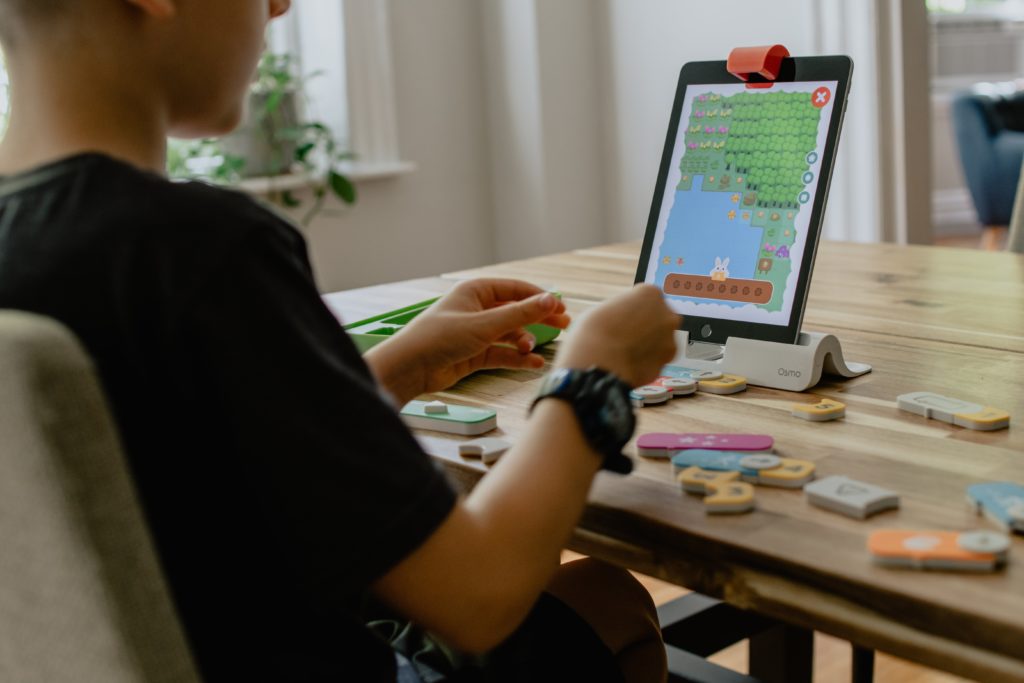Even before the health crisis, the online market was already enjoying a massive annual growth, and it is expected to reach a worth of $337 billion by 2026. From core curriculums to e-learning for music and other arts, the number of subjects being taught continues to rise, as demanded by children, college students, and mature learners alike. If the crisis has taught online learning platforms and services one thing, it is the need to adopt classrooms and methods technologically, to ensure the remote learning experience is as true to life as possible. These are just a few of the top technological innovations bridging the gap between online and classroom learning.
MIDI Compatible Apps
When you are honing your skill at music online, learning instruments like the piano, being able to ‘jam’ and play melodies and harmonies in real time alongside other people in your virtual class or simply with your tutor is a pleasurable pursuit that can be achieved with specific apps. One excellent app by Timewarp Technologies (called Internet MIDI) allows students and teachers to connect their MIDI keyboard to their laptop, facilitating the sharing of screens and audio, and allowing students to play alongside others with little-to-no lag time. This app is compatible with other apps that online teachers or tutors typically use to show scales, build chords, help students read notes, analyze different genres of music, and more.
Gesture-Based Interactive Learning
Gesture-driven interactive learning involves the use of a special camera that combines with technology within a computer screen to register hand, head and body movements. With studies by Cook, Macedonia and Knösche finding that learners who gesture retain what they have learned more than those who do not, gesture-based learning can be helpful when it comes to retaining information in a number of subjects. It can be used, for instance, to learn the English vocabulary, with students ‘acting out’ specific phrases – e.g. ‘throwing the ball’, ‘cutting the cake’, ‘turning to the left and right’. Gesture-driven software can also be used in subjects like physics, chemistry and math, since, as stated by Kontra and colleagues, motor experience can ground mental representations in specific parts of the brain.
Video Sharing
Platforms like Creston contain their own video and audio tools that make for smooth sharing between students and teachers, and within remote learning study groups. Those using the platform essentially connect their mobile devices and stream material to each other while availing of AI features that automatically focus on those in the center of the screen. Students can stream lectures live or at their convenience, present their research on a local display, or share information wirelessly. The platform can also be used to display important news students need to be aware of.
Improved Sharing of Information
Tools like Google Classroom, Top Hat, and Kahoot! have all been useful in terms of creating and sharing lesson plans, quizzes, projects and the like. However, many more technologies have been developed to facilitate scheduling and communication. These include Raftr (which enables teachers and students to create private and public chat channels), Microsoft Teams (ideal for assigning tasks, working together on documents and projects and scheduling meetings), and Slack – an ideal platform for interaction and publication of news pertinent to one or more groups.
Remote learning is not likely to slow down in the near future, and new technologies will need to be developed to make the process feel more like ‘the real thing’. Current technologies have certainly bridged the gap between traditional and online study in recent times, thanks to meeting spaces such as Google Classroom, Hangouts and Slack. Technologies involving virtual reality and gesture-based learning are helping to improve the quality of teaching, while MIDI-compatible apps are making online musical classes seem more like a real-life jam session, adding to the fun and dynamism of the learning experience.
- How Modern Technology Is Keeping Classic Cars On The Roads - September 28, 2023
- Innovation Through Music – How Production Tech Is Expanding Genres - August 11, 2023
- Mu6label: The AI-Powered Device That Helps You Learn Guitar - July 8, 2023




Comments are closed.